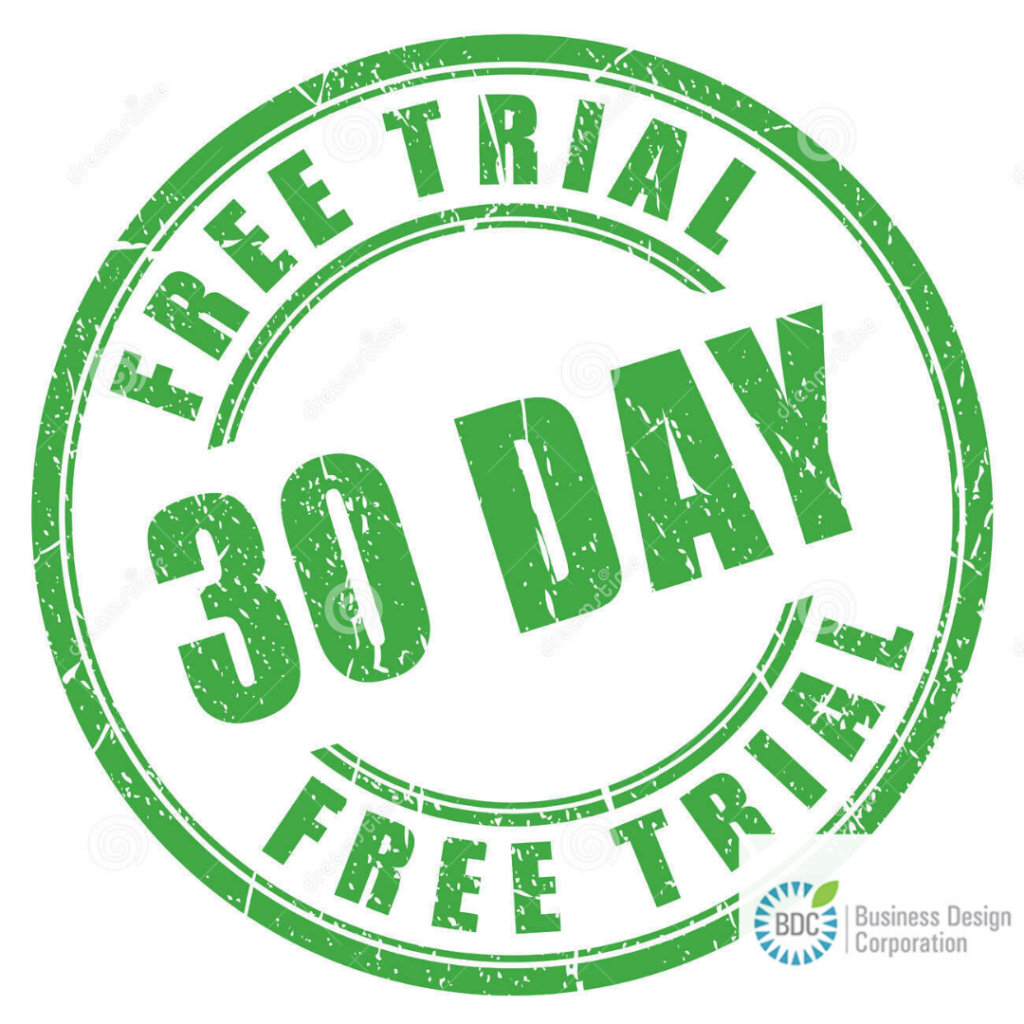
There’s this guy on an airplane. He’s looking out the window. He notices that his flight is heading towards some dark and ominous weather. Suddenly, there’s a bright flash and all the lights are extinguished. The passengers are left sitting in complete darkness while the plane shudders and pitches. After a few moments, the ride gets much smoother. The pilot announces over the speaker system.
“Ladies and Gentleman. I have some good news and some bad news .” First the bad news. We’ve just passed through a considerable storm system and our airplane was struck by lightning. The strike knocked out all of our navigation systems so we’re not quite sure where we are and in which direction we are headed. The good news though, is that while I don’t know where we’re headed, with this storm, we’ve got a heck of a tailwind so, wherever we’re headed, we’re going to get there twice as fast.”
If You Don’t Know Where You’re Going, How Are You Ever Going To Get There?
Strategic planning begins with a VISION. If you’re not certain about your future, if you don′t have a clear picture of where you′re going, how do you expect to ever get there?
Studies show, and it’s quite logical, that if you have a clearly defined goal, you communicate that goal and you track your progress towards that goal, you have a 300% better chance of achieving that goal. We speak to thousands of business owners every year and if I ask any one of them how they see their business 5-7 years from now, I almost always get a vague answer – “I want to get bigger” most will say.
My response will be:
– “How much bigger”?
– What will your revenues be?
– How profitable will you be?
– What will be the amount of your average sale?
– How many customers will you need to achieve that goal?
– How many sales people do you think you’ll need to achieve that level of sales and so on?
It’s important for the vision to be clear, well defined and understood, not only by the management, but by everyone in the organization. But a vision, your destination, is not just a goal. It also brings PURPOSE to your organization.
Think of two sports teams, we′ll use NFL football for this analogy.
1. One team is focused on the goal – winning the Super Bowl. The coach and management talk about getting to, and winning, the Big Game. Before every practice, before every game, at every team meeting, they talk about what it’s like to play in and win the Super Bowl. New players are recruited who have been on teams that have won the trophy. They’re given chances to share what that experience was like for them. They watch game tapes of teams achieving this goal. They share in this vision. The players, coaches and management all begin to ‘feel’ what it’s like to get there. And that ‘feeling’, energizes a drive. Now they have a common purpose for their efforts.
2. Another team practices hard, but they’re just talking about play how they love the game. They have playbooks. They run their plays. They love ‘the smell of the pigskin’, the turf, the crunching of pads, the physical workout. But the Coach and Management don’t have a vision. They don’t talk about the prize – the reason they’re all in this in the first place, winning the Super Bowl. They don’t really have a purpose. They just come to practice every day.
Which team has a better chance of winning the Super Bowl?
So VISION not only defines the destination, it is the reason or the PURPOSE to come to work every day. Without the vision, what is the purpose for coming to work? You and your employees won’t know why they’re there, other than earning a wage and doing what they’re told, (or not). They’re just grinding it out. It’s what we call the ‘tyranny of routine’. They have no purpose.
You’re painting the picture of your future business – over-lapping it on top of the existing structure
With a vision, everyone is on the same page. Each department and each member of that department has objectives and goals to achieve. And, if everyone achieves their respective goals, they win the prize. They all reach the destination. Now, everyone in the organization has a unified purpose.
Understanding that clear picture is key to strategic planning.
Most business owners and department managers know they need to set strategic plans but so few actually do it. They get carried away with the day to day activities and never establish a vision of where they want to be in the future. Then they just go through the motions every day, day in and day out, without being methodical and strategic, simply hoping they end up where they want to be without ever being clear on what that destination even looks like and what they need to do to get there. As you read this, you are probably saying; “ He is so right…”, but then what? How do you create a vision? A Strategic Vision has three key components;
– Purpose
– Values
– Mission
Your Purpose is the “why” of your business; why you do what you do. Your Values guide the way you operate with in the business; how you act, your beliefs. Your Mission is a benchmark, a goal with actionable strategies to achieve that goal.
Purpose and Values are enduring, they last forever. It is who you are, not who you want to be. They are not an aspiration. They are an articulation of who you actually are. They rarely, if ever, change. On the other hand, your Mission will often shift and change as you understand and think more about your business. As you monitor your progress you’ll learn things that will help you better define and shape your future. Your goals will become more realistic and you’ll understand what you need to do to achieve them. And while your Mission is dynamic, it is also stable. In other words, the size and shape of your goals may change but your strategic business model, the business you’re in, does not. Once you’ve defined your purpose, value and mission, you create, delegate and monitor strategies to achieve your Mission.
Step #1: Document your Purpose – A shared vision/purpose is needed to build cohesion and foster growth.
Ask yourself these questions:
– Why does your business exist?
– Why did you decide to start the business?
– What are you wanting, needing to get from, the business?
– Why do you do what you do? You must understand the why of your business before you can authentically develop a strategy.
A Sample Purpose: To create a technology that makes process development and implementation easy for business owners, as well as professionals who are consulting with business owners, such that small businesses can flourish and thrive.
Step #2: Create your set of Values – Your values define the way that you operate.
Answer these two questions:
1. How do you go about doing business
2. What do you hold sacred?
A Sample Set Of Values:– We do what we say we wil- We empower entrepreneurs- l do- We listen. We care. We serve.- We practice open and real communication.- We face challenges with optimism.- We check our ego at the door.- We innovate and constantly improve.- We do the right thing.- We believe in people and their dreams.
Step #3: Create Your Mission– Your Mission describes what your business is going to look like in the next 5-7 years. What you are intending to accomplish. It is your B.H.A.G. – Your Big, Hairy, Audacious Goal.
A Sample Mission: To be one of the essential applications business owners need to easily plan and manage their businesses successfully and to be recognized as one of the market leaders in this field among small business owners with 100,000 subscribers worldwide.
This is the first step in your Strategic Planning process – to clearly understand what the near future is going to look like. Without a VISION, you don’t know where you’re going. And if you don’t know where you’re going, then no one else in the company does either. If you do have at least an inkling of where you’re headed, but you haven’t written it down and shared it with your people, then even though you might have a dream or an idea of what you wish to achieve, no one else does. So everyone is just coming to work. They have no purpose.
If you are a current user of The TouchStone Business System, there is a process in the General Library called Strategic Target. If you have not already downloaded that process, [CLICK HERE] to see a short video of how to access and download that resource. If you would like to access a document on How to Create Your Strategic Target, [CLICK HERE] and complete the form. We’ll email you a set of word documents to assist with the development of your Strategic Vision.
Once you’ve written your Strategic Vision, you’ll need a strategic plan, a step by step set of shorter term goals with planned and delegated activities for achieving those goals, so you can stay on course towards achieving your VISION. This will be the topic of our next article.
Source:TouchStone Resource Center

